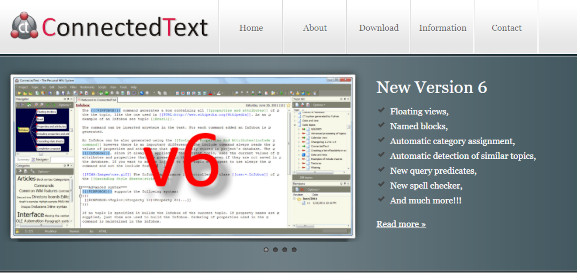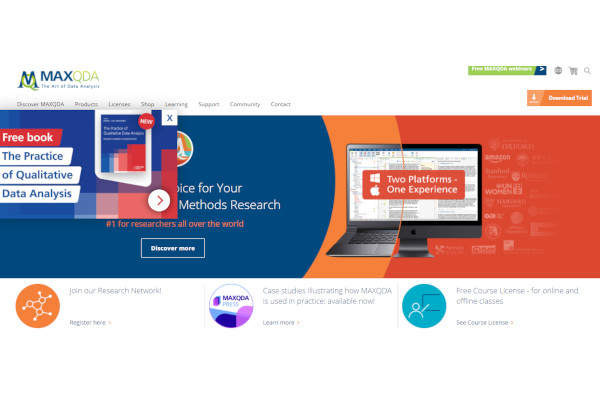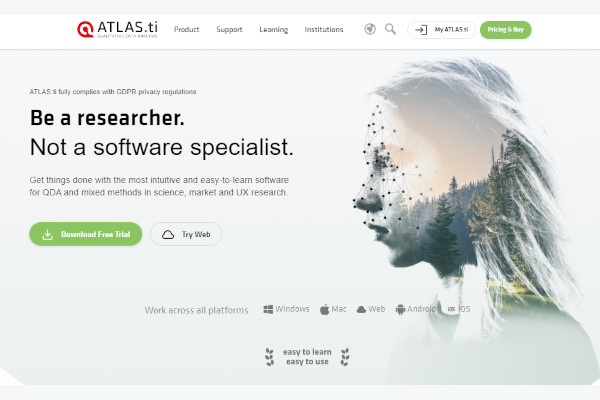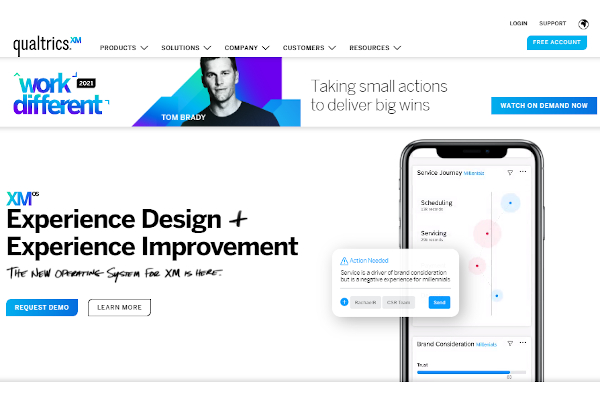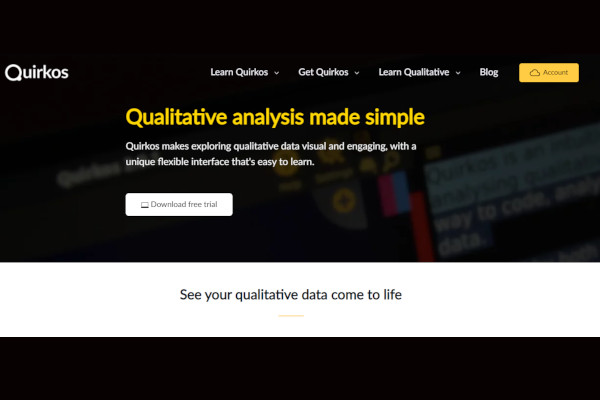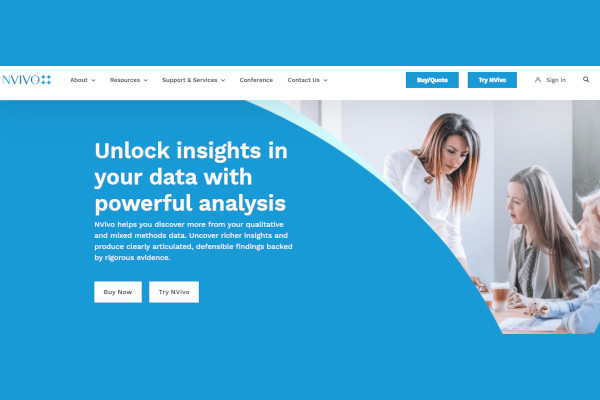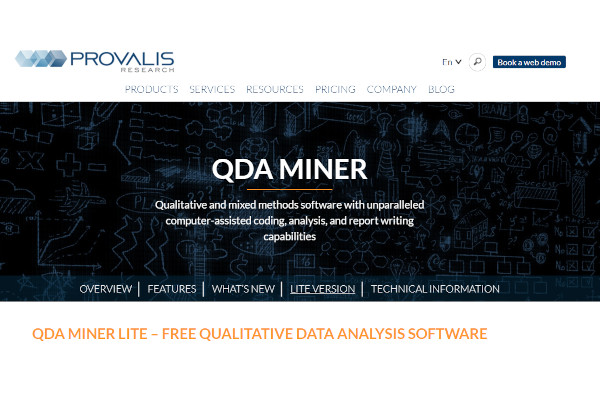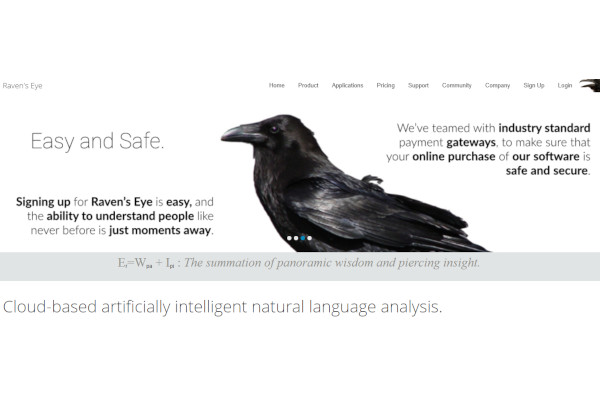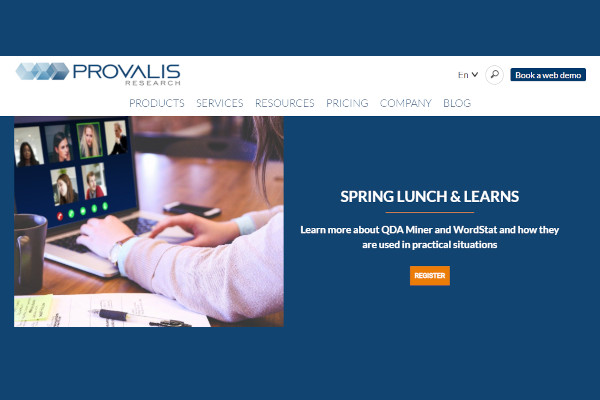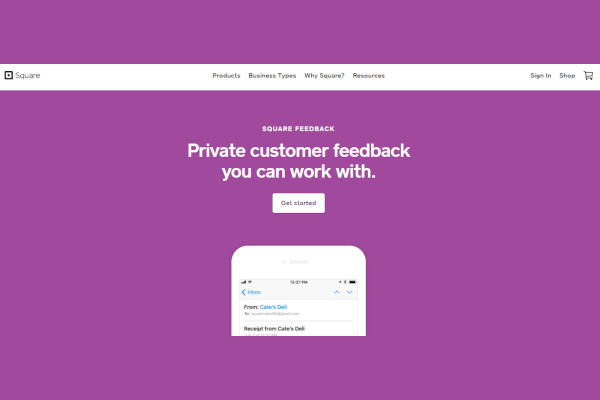Analyzing data in qualitative research is a tough process. Although we may have tried this in school, while conducting academic research, we can still recall how challenging it was to analyze non-numeric data. As researchers, whether in marketing or business, scholastic, health, and across other industry verticals, we both know that making correlations, analyzing content, testing results, and other steps in qualitative data analysis are downright complicated. It’s even more complicated when you do it manually.
With the rise of technology in research, it would be baffling to know that you are still using pen and paper to analyze qualitative data — from spotting connections to drawing conclusions. Save time, money, and effort while gaining more insights. Make the switch to qualitative data analysis software!
10+ Qualitative Data Analysis Software
1. MAXQDA
2. ATLAS.ti
3. Qualtrics
4. Quirkos
5. NVivo
6. QDA Miner lite
7. Raven’s Eye
8. Provalis Research
9. Qiqqa
10. Square Feedback
11. ConnectedText
What Is Qualitative Data Analysis Software?
Researchers in various fields and business analysts use qualitative data analysis (QDA) software to gain insight into the qualitative data sets with no suggested interpretations. QDA software is a computer software that aids in content analysis and drawing conclusions respective of the research object, such as interview data.
Furthermore, this type of software does not suggest nor require a specific method of qualitative data analysis in itself. However, QDA software can provide tools that will help facilitate a profound, systematic analysis of various media types regardless of the chosen method of analysis.
Using the tools that QDA software offers, you can easily sort, structure, and analyze large data sets and manage the resulting interpretations and evaluations.
Benefits
QDA software allows you to conduct research through many different methods of analysis, including those used in Grounded Theory, qualitative content analysis, group discussions, discourse analysis, and case and field studies. With QDA software, you get more control over your data and make it easier to find and compare them. Additionally, you can also enjoy interpretation “memory”. This software allows you to trace back your analytical decisions by simply logging them into the program (memos) while coding.
Moreover, this full control that QDA software gives you helps you become a more reliable researcher. This software allows you to learn from your successes and mistakes and be clear and transparent on analytical decisions in group work.
Features
Qualitative data analysis software provides a variety of tools that can help oversee the many aspects surrounding qualitative research, these include transcription analysis, coding and text interpretation, recursive abstraction, content analysis, and discourse analysis.
So, what are the features?
– Annotations and Coding tools
– Data Visualization Linking Ability
– Media Analytics for Mapping or Networking
– Mixed Methods Research
– Multi-language
– Qualitative Comparative Analysis
– Sentiment Analysis
– Statistical Analysis
– Quantitative Content Analysis
– Text Analysis
Top 10 Qualitative Data Analysis Software
1. LiveSession
LiveSession is a web analytics software that provides site session replays, user-event tracking, and customer segmentation. You can leverage this software to solve customer problems, find product usage information, and optimize the overall experience in your web application.
2. Tableau
Tableau helps people see and understand data by delivering fast analytics, visualization, and business intelligence. Tableau has good reviews from its users and makes $1.2B in revenue.
3. Hotjar
Hotjar offers qualitative insight into how and why users behave a certain way on your site. Hotjar has received good reviews from its users and generates $25M in revenue.
4. Qualtrics CoreXM
Qualtrics CoreXM offers powerful statistical analysis, with no stats degree required. This is why many users love this software and it shows in their ratings.
5. Sisense
Sisense is a full-scale qualitative data analytics solution that enables business users to visualize, explore, and drive insights from complex data. Sisense makes $100M in revenue and has over 800 employees.
6. XLSTAT
XLSTAT is the leading data analysis and statistical solution for Microsoft EXCEL. Using this software, users can analyze, customize, and share their results.
7. Wolfram Mathematica
Wolfram Mathematica is a technical computing system that offers tools for image processing, geometry, visualization, machine learning, data mining, and more.
8. Looker
Looker is a data exploration and analytics solution that combines modeling, transformations, and derivations at the same layer. Looker has a good customer rating and makes about $140M in revenue with a company size of 500 employees.
9. Smartlook
Smartlook is a qualitative analytics solution designed for websites and mobile applications. This solution comes with always-on recordings, heatmaps, automatic events, and funnels.
10. VWO Testing
VWO Testing lets you easily create and run tests to increase revenue and build excellent digital experiences that convert, without coding or involving IT.
FAQs
What Types of Qualitative Data Tools Are There?
Many different tools will help you make sense of your qualitative data in many ways. These tools include tag tools, search by keywords, coding tools, query and annotation tools, mapping, or networking tools.
What Are the Most Common Qualitative Data?
The standard data collected and processed by researchers include focus groups, experimental studies, data and notes acquired through field studies, telephone interviews, online surveys, e-mail interviews, observational notes, and data collection gathered through meta-analysis.
How Does QDA Software Help You?
QDA software helps you with every step of the qualitative data analysis process, from undertaking discourse analysis to drawing conclusions. Essentially, QDA software allows you to systematize data, analyze content, make connections, spot patterns, and correlate information from interview notes, testing results, surveys, or other research data.
Whether you are doing qualitative research for academic purposes, market research, or business analysis, acquiring the desired information can be costly. When conducting qualitative research, you need to pay for publication and processing fees, provide reimbursement to respondents, get access to the target population, arrange the venue for interviews, and among other processes, you need to undertake — these are all costly. Nonetheless, these are all necessities, but you can always go for the simpler and not-so-costly route: computer-assisted qualitative data analysis software.
Related Posts
10+ Best Chemical Software for Windows, Mac, Android 2022
12+ Best Vulnerability Scanner Software for Windows, Mac, Android 2022
4+ Best Bundled Pay Management Software for Windows, Mac, Android 2022
10+ Best Trust Accounting Software for Windows, Mac, Android 2022
10+ Best Patient Portal Software for Windows, Mac, Android 2022
13+ Best Virtual Reality (VR) Software for Windows, Mac, Android 2022
12+ Best Bed and Breakfast Software for Windows, Mac, Android 2022
15+ Best Resort Management Software for Windows, Mac, Android 2022
14+ Best Hotel Channel Management Software for Windows, Mac, Android 2022
12+ Best Social Media Monitoring Software for Windows, Mac, Android 2022
10+ Best Transport Management Software for Windows, Mac, Android 2022
10+ Best Other Marketing Software for Windows, Mac, Android 2022
10+ Best Top Sales Enablement Software for Windows, Mac, Android 2022
8+ Best Industry Business Intelligence Software for Windows, Mac, Android 2022
10+ Best Insurance Agency Software for Windows, Mac, Android 2022
